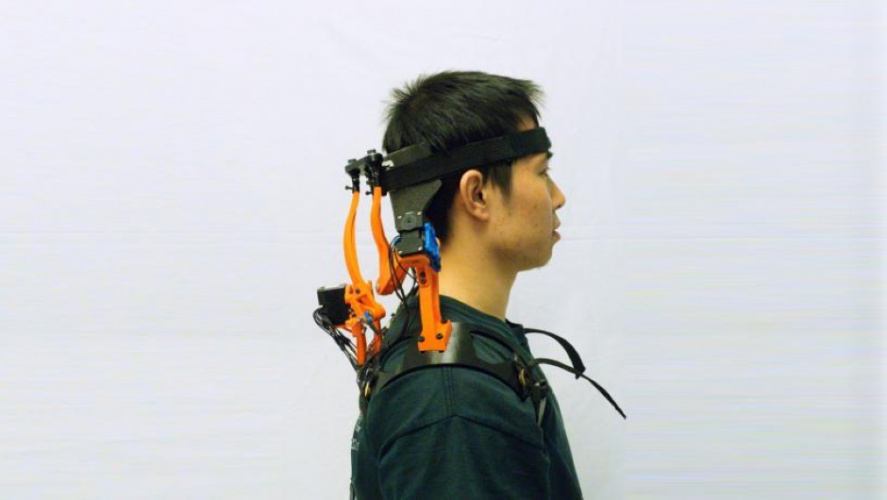
The neck brace, designed by Columbia engineers, is said to be the first device to ‘dramatically assist’ people with ALS by holding their heads and actively supporting them during a range of motion.
According to Columbia, engineers and neurologists led by Sunil Agrawal, professor of mechanical engineering and of rehabilitation and regenerative medicine, designed a comfortable and wearable robotic neck brace that incorporates sensors and actuators to adjust the head posture, restoring around 70 per cent of the active range of motion of the human head.
Using simultaneous measurement of the motion with sensors on the neck brace and surface electromyography (EMG) of the neck muscles, it also becomes a new diagnostic tool for impaired motion of the head-neck. Their pilot study has been published in the Annals of Clinical and Translational Neurology.
"The brace would also be useful to modulate rehabilitation for those who have suffered whiplash neck injuries from car accidents or have from poor neck control because of neurological diseases such as cerebral palsy," Agrawal said in a statement.
ALS is a neurodegenerative disease characterised by progressive loss of muscle functions, leading to limb paralysis and respiratory failure. Dropped head, due to declining neck muscle strength, is a defining feature of the disease. Over the course of their illness, which can range from several months to more than 10 years, patients completely lose mobility of the head, settling into a chin-on-chest posture that impairs speech, breathing, and swallowing. Current static neck braces become uncomfortable and ineffective as the disease progresses.

To test this new robotic device, the team recruited 11 ALS patients plus 10 healthy, age-matched subjects. The participants in the study were asked to perform single-plane motions of the head-neck that included flexion-extension, lateral bending, and axial rotation. The experiments showed that patients with ALS, even in the very early stages of the disease, use a different strategy of head-neck coordination compared to age-matched healthy subjects. These features are well correlated with clinical ALS scores routinely used by clinicians. The measurements collected by the device can be used clinically to better assess head drop and the ALS disease progression.
"In the next phase of our research, we will characterise how active assistance from the neck brace will impact ALS subjects with severe head drop to perform activities of daily life," said Agrawal. "For example, they can use their eyes as a joystick to move the head-neck to look at loved ones or objects around them."










Microplastics evading capture in wastewater treatment
Can anyone provide a link to a credible peer-reviewed study demonstrating toxicity from microplastics? This report uses words like ´potential´ and...